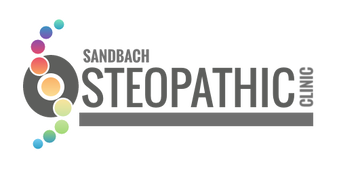|
Introduction
In the realm of alternative and complementary therapies, dry needling has gained popularity as a valuable technique in the field of osteopathy. Often mistaken for acupuncture due to its use of thin needles, dry needling is a distinct therapeutic approach that offers numerous benefits for musculoskeletal conditions. This article aims to shed light on what dry needling is and how it can benefit individuals seeking relief from various pain and mobility issues. Understanding Dry Needling Dry needling is a specialized technique within the scope of osteopathic practice that involves the insertion of fine, sterile needles into specific trigger points, also known as myofascial trigger points, within muscles and connective tissues. These trigger points are knots or tight bands of muscle fibers that can cause pain and discomfort when compressed or contracted. Unlike acupuncture, which is rooted in traditional Chinese medicine and focuses on balancing the body's energy flow (Qi), dry needling operates on a Western medicine-based understanding of neuroanatomy and physiology. The primary goal of dry needling is to elicit a mechanical, biochemical, and physiological response that promotes the release of muscle tension and triggers the body's natural healing mechanisms. How Dry Needling Works During a dry needling session, a skilled osteopath inserts thin, solid needles directly into trigger points, aiming to cause a local twitch response in the muscle. This involuntary twitching is believed to release tension within the muscle fibers, increase blood circulation to the area, and stimulate the body's production of natural pain-relieving chemicals like endorphins and enkephalins. Additionally, the insertion of needles can disrupt dysfunctional neuromuscular patterns, encouraging the muscles to return to their optimal state of function. By targeting specific trigger points, dry needling aims to alleviate pain, improve joint mobility, and restore overall musculoskeletal balance. Benefits of Dry Needling in Osteopathy
Dry needling stands as a promising technique within the realm of osteopathy, offering a range of benefits for individuals seeking relief from pain, improved mobility, and enhanced quality of life. Through its targeted approach to trigger points and its focus on Western medicine principles, dry needling has gained recognition as a complementary therapy that aligns well with the holistic philosophy of osteopathic practice. For those looking to explore non-invasive options for addressing musculoskeletal issues, dry needling is certainly worth considering under the guidance of a qualified osteopath.
0 Comments
|
AuthorWrite something about yourself. No need to be fancy, just an overview. Archives
August 2023
Categories |
THE CLINIC |
Osteopathy |
|

 RSS Feed
RSS Feed